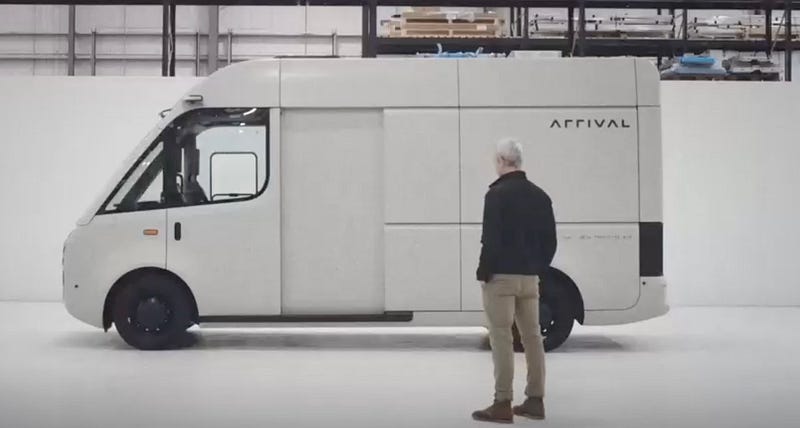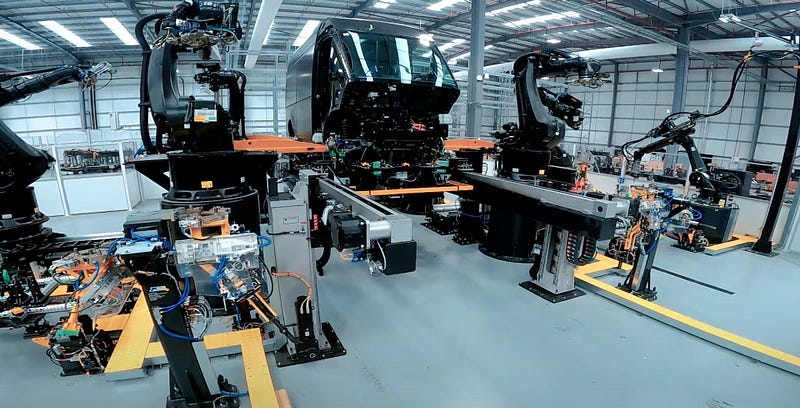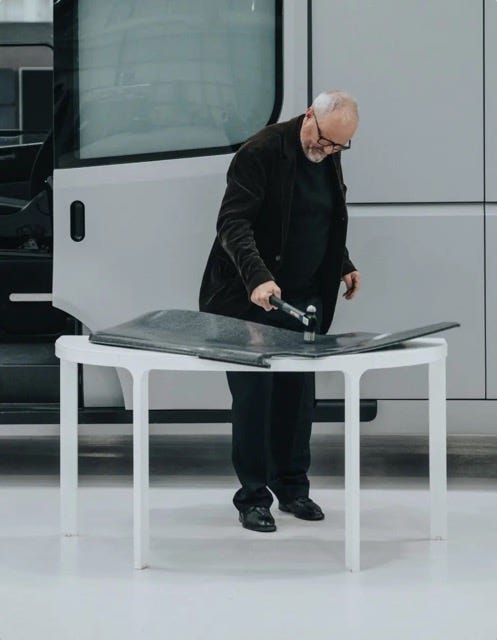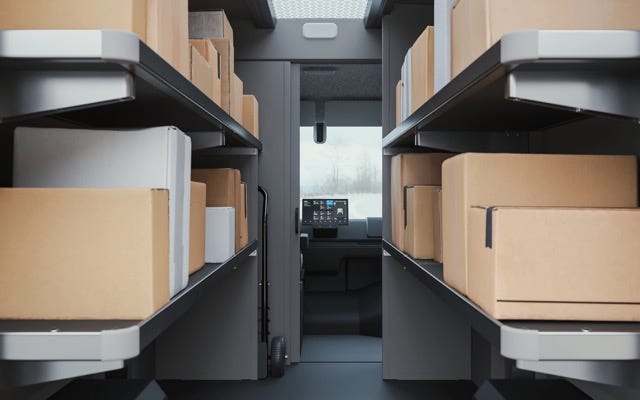Arrival Electric Vans: Pioneering Sustainable Transportation Solutions
Written on
Chapter 1: The Shift Toward Sustainability
The global landscape is undergoing a significant transition toward sustainability. With the ongoing challenges posed by climate change, it is crucial to explore innovative solutions that can mitigate these effects. Arrival, a British manufacturer specializing in electric vehicles, is at the forefront of this movement, particularly with its lightweight commercial vehicles. The company is redefining both the design and manufacturing processes of electric vehicles to prioritize sustainability from start to finish.

Section 1.1: Arrival's Urban Utility Vehicle
Arrival's electric van, referred to as an Urban Utility Vehicle (UUV), stands in stark contrast to conventional gas-powered vans. Designed entirely as an electric vehicle, the Arrival van is sustainable throughout its lifecycle, boasting zero emissions. This feature makes it an ideal choice for urban areas with strict emission regulations. As more cities adopt such measures, transitioning to eco-friendly vehicles like those from Arrival becomes imperative for companies.
One of the standout aspects of Arrival's approach is its micro-factory model. These facilities occupy significantly less space and operate with greater energy efficiency compared to traditional manufacturing plants.

Section 1.2: Customization and Durability
Micro-factories also enable tailored customization of vehicles to cater to specific customer requirements, resulting in unique offerings. This advancement is a groundbreaking shift in the automotive sector, emphasizing sustainability, adaptability, and scalability.
The Arrival van is engineered for longevity, incorporating features that enhance its durability, such as scratch and dent resistance. Its modular architecture allows for easy component replacement, simplifying maintenance and reducing costs. In contrast, traditional gas-powered vans often incur expensive and labor-intensive upkeep, making them less efficient and sustainable.

The Arrival Van is compatible with all charging infrastructure, equipped with an 11kW AC onboard charger, and supports DC fast charging of up to 87kW.

Chapter 2: Pioneering Sustainable Practices
Another remarkable aspect of Arrival is its commitment to using sustainable materials in the van's production. By employing low-carbon composite materials for both the interior and exterior, the company significantly reduces the environmental impact of its vehicles. This focus on sustainability represents a pivotal step toward a greener automotive industry.
Safety remains a top priority for Arrival, and the van is equipped with various advanced safety features, including:
- Autonomous Emergency Braking (AEB)
- Lane Departure Warning (LDW)
- Lane-keeping Assistance
- Parking Sensors
- Adaptive Cruise Control
- Traffic Sign Assist
- Blind Spot Assistance

Conclusion: A New Era for Commercial Fleets
Arrival's electric van marks a significant advancement in the commercial fleet sector. The company's unwavering dedication to sustainability in every facet of its design and manufacturing processes positions it as a key player in the battle against climate change. With innovations such as micro-factories, sustainable materials, and modular design, the automotive industry is on the path to becoming more environmentally friendly than ever. For fleet operators and early adopters, considering sustainable options like Arrival's electric van is essential for fostering a more sustainable future.
Explore Arrival's first production van rolling out from the micro-factory and witness the shift toward sustainable vehicle manufacturing.
Discover how buying a prototype electric Arrival van could have made a significant difference in the world of sustainable transportation.